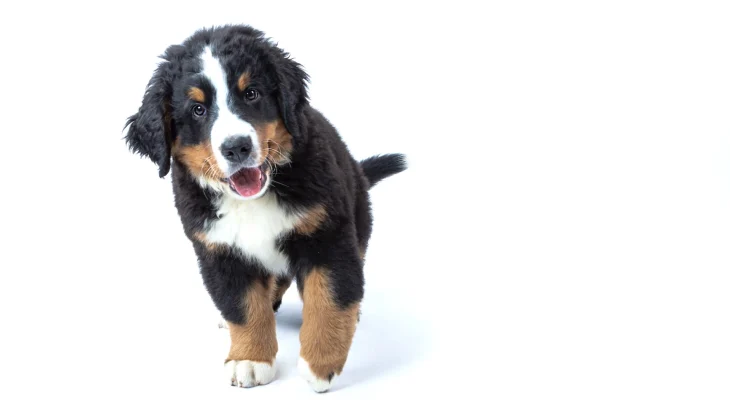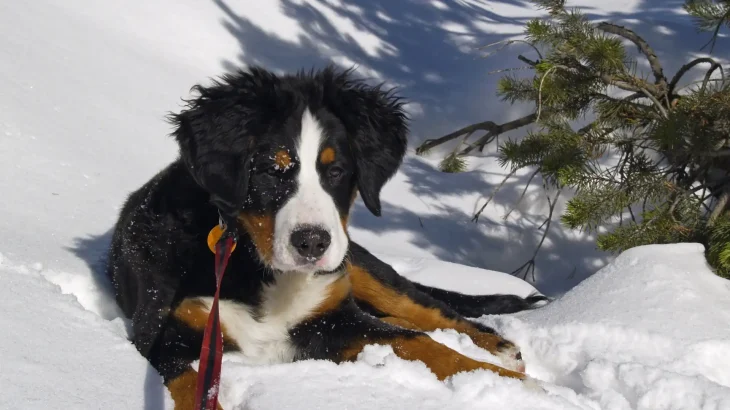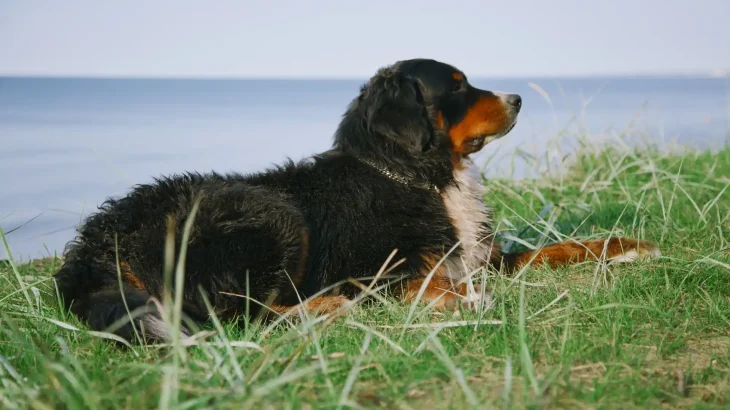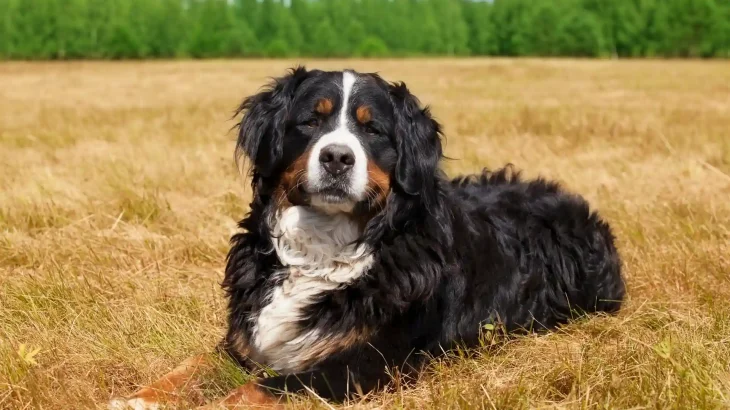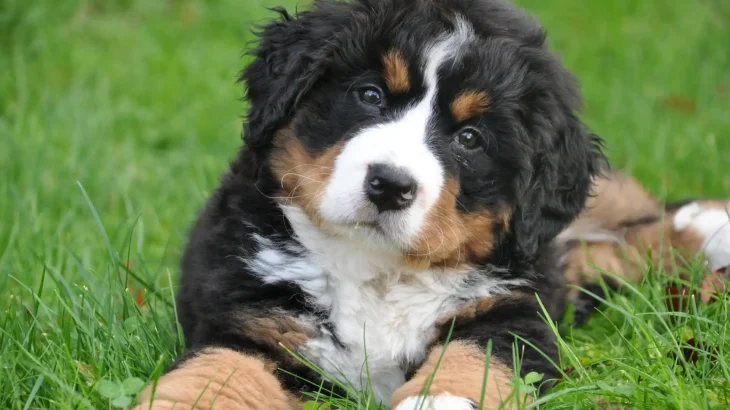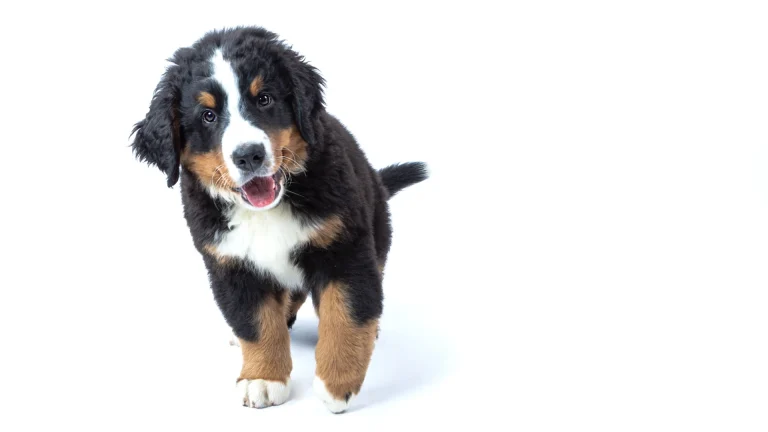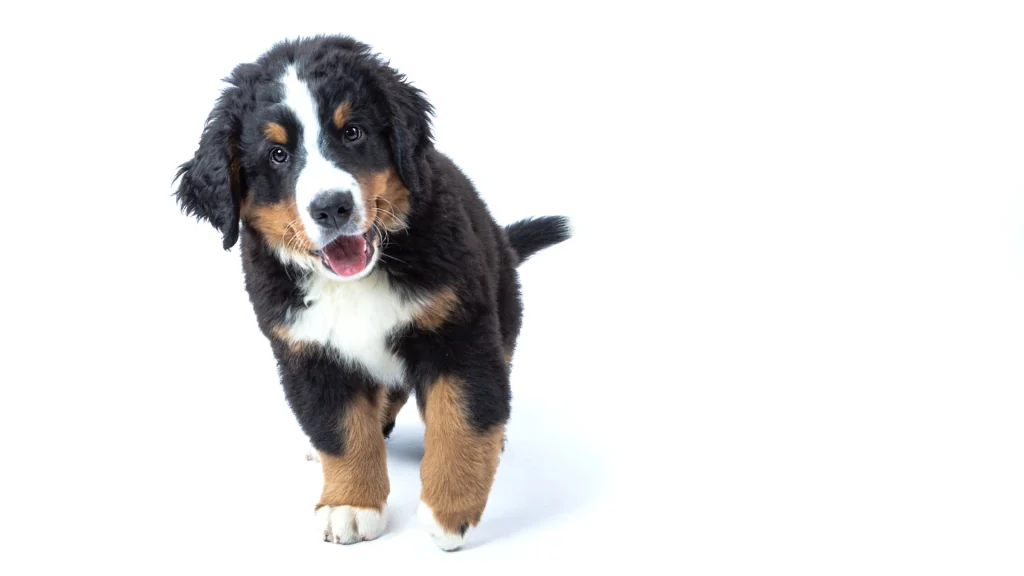Choosing between adopting or purchasing a Small Bernese Hound puppy often comes down to what matters most to you in terms of health transparency and supporting ethical practices. Buying from a breeder tends to offer clearer insights into the pup's health and lineage, while adoption helps provide a loving home to a dog who might otherwise be overlooked. Each option carries its own benefits that align differently depending on your priorities.
| Criteria | Buying from Breeder | Adopting from Shelter/Rescue |
|---|---|---|
| Cost | Usually higher upfront investment reflecting pedigree and health guarantees. | Lower fees, often including basic veterinary care. |
| Health History | Comprehensive records and genetic testing usually available. | Health background may be incomplete; vet checks generally done. |
| Age Availability | Mostly young puppies, allowing early raising. | Wider age range, including adults and seniors. |
| Temperament Insight | Breeders provide lineage-based temperament expectations. | Behavioral assessments by shelter staff, history less certain. |
| Supporting Practices | Supports responsible, ethical breeding when chosen carefully. | Directly supports animal welfare by providing homes to dogs in need. |
| Ethical Considerations | Risk of unethical breeding unless breeders are vetted. | Encourages rescue efforts and reduces demand for commercial breeding. |

